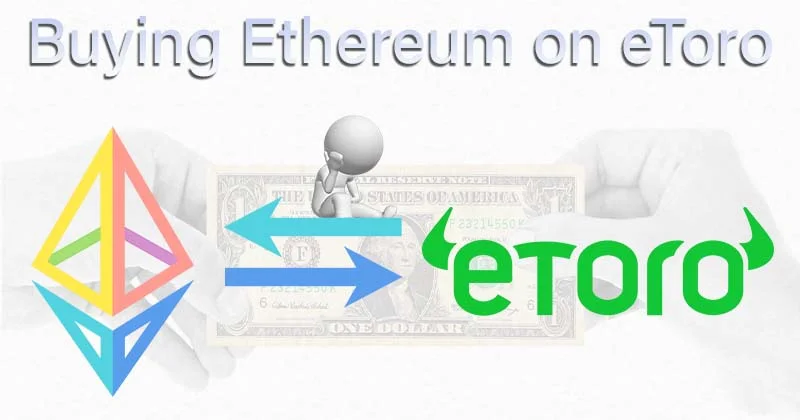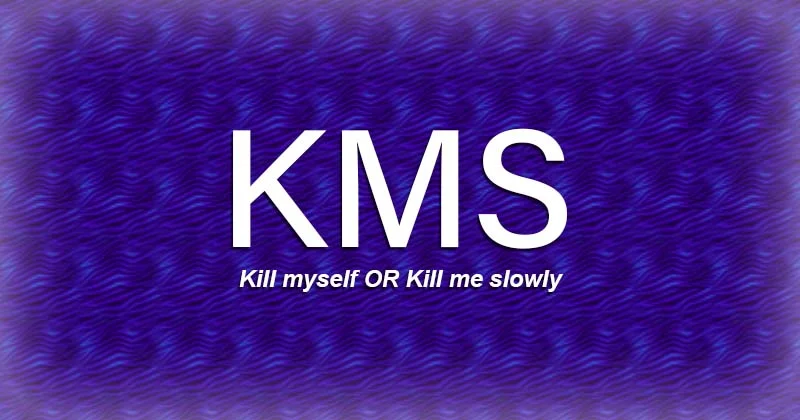In the intricate world of technology transfer, inventors play a pivotal role. They are the creative minds behind technological innovations, responsible for conceiving and developing groundbreaking ideas. However, the process of bringing these inventions to the marketplace and ensuring their success is a multifaceted endeavor that goes beyond the inventor’s initial concept.
This article delves into the dynamics of how inventors deal with technology, addressing their responsibilities, challenges and interactions with technology transfer professionals.
1. The Inventor as the Creator of Technology
At the heart of technology transfer lies the inventor’s essential role as the creator of technology. The inventor is the visionary who conceives, develops and refines the technology that holds potential for commercialization. Their deep understanding of the technology sets them apart as its foremost experts.
To facilitate the successful transfer of technology, inventors must actively participate in the disclosure and engagement process with the technology transfer office (TTO). Here’s what inventors need to do:
- Full Cooperation: Inventors must collaborate closely with the TTO to ensure the successful disclosure and subsequent technology transfer.
- Timely Disclosure: Early disclosure of inventions is vital. Inventors need to understand the importance of timely disclosure and work in tandem with the TTO to prevent premature disclosure that could affect patentability.
2. Inventors in the Protection Process
The protection of intellectual property (IP) is a critical step in the technology transfer process. Inventors play a substantial role in safeguarding their inventions through the patenting process.
The collaboration between inventors and patent counsel is crucial for:
- Confidentiality: Inventors must be assured of confidentiality and provide full disclosure of the technology to patent counsel.
- Inventorship Determination: Inventors should understand the difference between authorship and inventorship, must collaborate with patent counsel in determining who should be recognized as inventors.
- Active Participation in Patent Application: Inventors are the ones who know the technology inside out. Their active participation in addressing patent office rejections is instrumental.
3. Inventor’s Role in the Technology Transfer Process
The technology transfer process encompasses various stages, from marketing to licensing negotiations. Inventors are integral to the success of this process.
Here are their responsibilities:
Marketing
Inventors have valuable insights into academic and industrial players within their field. They can help the TTO identify market needs and assess how their technology addresses these needs.
Identification of Potential Licensees
The Inventors should direct potential licensees to the TTO. This ensures that the TTO can manage and consider all potential licensees, leading to more informed licensing decisions.
Information to the Potential Licensee
Inventors possess unparalleled knowledge about their technology. They should actively contribute to technical discussions, prototype demonstrations and provide materials for evaluation to potential licensees.
Licensing Negotiations
The extent of the inventor’s involvement in licensing negotiations depends on their skills and understanding of the process. They should be prepared to walk away from the deal if necessary.
Licensee Diligence and License Compliance
Inventors can play a vital role in monitoring the licensee’s efforts to comply with the terms of the license, as they often have more information about the technology’s development.
4. When Things Go Well
- Benefits for Inventors: Successful technology transfer can bring fame and fortune to inventors, along with positive recognition from their peers and the institution.
- Potential Challenges: Success may also bring challenges, such as disputes over royalty distribution, which the technology transfer office may need to assist in resolving.
5. When Things Go Badly
- Early Signs and Communication: Inventors are often the first to notice when a license agreement is not progressing as planned. They should communicate these issues early to the TTO.
- Litigation: In case of potential litigation, inventors should be educated about the process and their role in it.
6. Inventor as Entrepreneur
- Evolving Relationship: As inventors transition into entrepreneurial roles, they must recognize that the TTO’s fiduciary duty is to the university. This change may necessitate clear communication and compliance with conflict-of-interest and conflict-of-commitment policies.
7. Management Issues
- Management of Relationships: Technology transfer professionals need to balance their relationships with inventors, patent attorneys, department chairs, deans and other stakeholders while maintaining the university’s corporate culture.
- Management of Expectations: Ensuring that inventors maintain realistic expectations is crucial to prevent misunderstandings and disappointment.
In conclusion, inventors are the vital force behind technological innovation and their collaboration with technology transfer professionals is essential to bring inventions to market. Understanding their roles, responsibilities and the dynamics of these relationships is critical to the successful transfer of technology from the academic world to the commercial realm.



